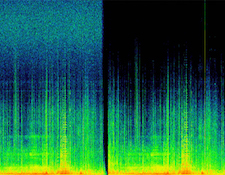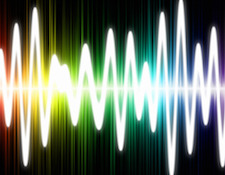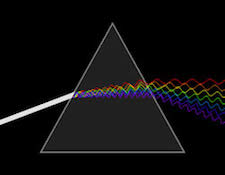It’s the time of year for saving money!
Most of the time when audiophiles compare notes about gear they’ve heard and one particular component “blows away” the others, the reality of the matter is they are usually dealing with minor differences in sound quality.
 Whoa, did I just write that all gear sort of sounds the same? Nope, not even remotely, but given the “right” or wrong musical selections you can swamp the differences between any two similarly functioning components to yield an “I can’t hear any difference” result. Just start with a 320 KBPS MP3 and work down from there. That’s easy…but hearing and identifying small differences is hard.
Whoa, did I just write that all gear sort of sounds the same? Nope, not even remotely, but given the “right” or wrong musical selections you can swamp the differences between any two similarly functioning components to yield an “I can’t hear any difference” result. Just start with a 320 KBPS MP3 and work down from there. That’s easy…but hearing and identifying small differences is hard.
So what to do? In an effort to make my job as an equipment reviewer as easy as possible I use stuff I’ve recorded myself for critical listening. Most is purely acoustic. Some selections feature a full classical orchestra while others are four and five-piece acoustic bands. Most are also DSD 128X. But even with the best software tools I can muster the differences between two pieces of gear can be sufficiently small as to make the job of discernment challenging.
Back in my early days of audio reviewing the differences between an average mid-fi receiver and, say, a Conrad Johnson PV-5 (one of their entry-level tube preamplifiers) were profound. There was hardly even the pressing need to critically match levels or assemble complex A/B comparison tests because the differences between average consumer gear and enthusiast gear were so easy to detect. Even today, when there has been a resurgence of interest in ’70’s and ’80’s big-boned receivers, if you compare a properly functioning early 80’s or 90’s high-performance integrated tube amplifier with one of these behemoths (often referred to as “PX specials” because so many were sold to servicemen through PXs) it won’t take long to hear how much more musical (fewer odd-order harmonics in the distortion figure) and higher resolution the “golden age” high-end preamplifier, amplifier, or integrated amplifier can be.
Nowadays, it’s not so easy. Recently I acquired an O2 headphone amplifier from Massdrop that cost a whopping $80. It does everything a portable headphone amplifier needs to do and does it very well. Is the $2000 single-ended tube headphone amplifier sitting right next to it a better sounding amp? Yes. With many headphones the SE amp does sound better, but the improvement is incremental, certainly not night and day. Many audiophiles may feel this difference isn’t sufficient to warrant the 24X additional monetary outlay, as is their right.
 What would make this kind of cost differential OK with almost everybody? – if there was a substantial, easily identifiable, and aurally obvious improvement in sound quality. But it’s rare to hear that kind of difference between components nowadays. No, in our modern times entry-level high-performance gear has gotten much better than what was available as little as ten years ago. So much better, that it takes the jump from a $1000 power amplifier to a $20,000 power amp into the category of an incremental improvement. Yes, I know all about diminishing returns…
What would make this kind of cost differential OK with almost everybody? – if there was a substantial, easily identifiable, and aurally obvious improvement in sound quality. But it’s rare to hear that kind of difference between components nowadays. No, in our modern times entry-level high-performance gear has gotten much better than what was available as little as ten years ago. So much better, that it takes the jump from a $1000 power amplifier to a $20,000 power amp into the category of an incremental improvement. Yes, I know all about diminishing returns…
But, I want big improvements before I spend big bucks. And I suspect I’m not alone…






